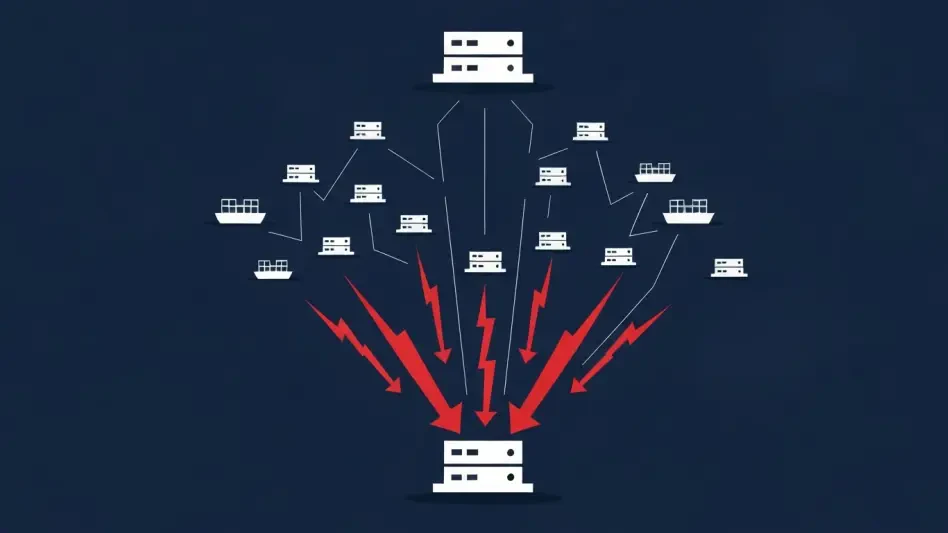In an era where cyber threats loom larger than ever, with millions of users relying on web browsers for everything from personal communication to critical business transactions, the release of a major security update can be a game-changer. Google Chrome, one of the most widely used browsers globally, has just rolled out version 141 to its stable channel across Windows, macOS, and Linux platforms. This update isn’t just a routine refresh—it addresses a staggering 21 security vulnerabilities, some of which are classified as critical, alongside performance boosts and new tools for developers. As automatic updates begin to deploy over the coming days and weeks, this release underscores the urgent need for robust digital defenses in an increasingly hostile online environment. The focus on patching severe flaws while enhancing user experience highlights a dual commitment to safety and innovation, setting the stage for a deeper look into what this update entails.
Addressing Critical Security Threats
Tackling High-Severity Vulnerabilities
The cornerstone of Chrome 141 lies in its aggressive response to high-severity security flaws that could potentially compromise user data and system integrity. Among the 21 vulnerabilities patched, critical issues such as heap buffer overflows in components like WebGPU and Video stand out as particularly alarming due to their potential for exploitation. Specific flaws, tracked as CVE-2025-11205 and CVE-2025-11206, have been flagged for their severity, with external researchers like Atte Kettunen earning significant rewards—up to $25,000—for responsibly disclosing these risks. Google’s strategy of withholding detailed information about certain bugs until a majority of users have updated reflects a cautious approach to prevent malicious actors from capitalizing on unpatched systems. This update serves as a stark reminder of the sophisticated threats lurking in the digital landscape and the importance of timely patches to safeguard users from potential breaches or data theft.
Collaborative Efforts in Vulnerability Disclosure
Beyond the technical fixes, Chrome 141 exemplifies the power of collaboration between Google’s internal teams and the global security research community. External contributors, including individuals like Alessandro Ortiz and Farras Givari, have been instrumental in identifying medium and low-severity issues, earning rewards ranging from $1,000 to $5,000 for their efforts. These disclosures cover a spectrum of flaws, from side-channel information leakage to inappropriate implementations in browser features, demonstrating the diverse nature of threats facing modern browsers. Internally, Google’s own audits and fuzzing campaigns, tracked under Issue 448476731, have further fortified the update by uncovering additional weaknesses. This synergy between external input and in-house diligence ensures a comprehensive defense mechanism, highlighting how shared responsibility can elevate browser security to new heights in an era of constant cyber risks.
Broader Implications for User Safety
The broader implications of these security patches extend far beyond mere technical fixes, shaping the trust users place in their browsing tools. With 21 distinct vulnerabilities addressed, Chrome 141 sends a clear message about prioritizing user safety amid rising concerns over data privacy and cyberattacks. The restricted disclosure of certain bug details until widespread adoption of the update minimizes the window of opportunity for attackers, showcasing a proactive stance. Additionally, the recognition and financial incentives offered to external researchers foster a culture of ethical hacking, encouraging more experts to contribute to the security ecosystem. For everyday users, this translates into a safer online experience, whether they’re shopping, banking, or simply browsing, as the browser becomes a more fortified barrier against evolving threats that could otherwise exploit unnoticed weaknesses.
Enhancements and Rollout Strategies
Performance and Developer-Focused Innovations
Alongside its security focus, Chrome 141 introduces a suite of performance optimizations and developer-centric enhancements designed to elevate the browsing experience. Notable improvements include reduced page-load latency, which ensures faster access to content, and better memory management for enhanced stability, particularly on low-powered devices. Updated Web APIs also expand the toolkit available to developers, enabling the creation of more dynamic and responsive web applications. While specifics on these new features remain limited at this time, upcoming posts on official Chrome and Chromium blogs are expected to delve deeper into the technical innovations behind this release. These advancements reflect a commitment to not only protect users but also empower creators to push the boundaries of web technology, ensuring that Chrome remains a leader in both safety and functionality.
Phased Deployment and User Accessibility
The rollout of Chrome 141 has been carefully orchestrated to ensure seamless adoption across diverse user bases and platforms. Deployed in a phased manner, the update reaches users on stable and beta channels automatically, minimizing disruption while maximizing coverage over the coming days and weeks. For those eager to secure the latest protections immediately, a manual update option is accessible through the browser’s settings under “About Chrome” and “Check for Updates.” Enterprise administrators are advised to test the update in controlled environments before full deployment, ensuring compatibility with organizational systems. This cautious yet efficient distribution strategy underscores the importance of balancing speed with stability, particularly in professional settings where downtime or compatibility issues could have significant repercussions for productivity and security.
Future Considerations for Browser Maintenance
Looking ahead, the release of Chrome 141 lays the groundwork for ongoing vigilance in browser maintenance and user protection. The combination of automatic updates and manual options ensures that users have multiple avenues to stay secure, while detailed change logs on the Chromium source log provide transparency for those seeking in-depth information. The collaborative spirit that defined this update, with contributions from external researchers and internal teams alike, sets a precedent for future releases to build upon. Stakeholders are encouraged to monitor official channels for additional insights into the full scope of enhancements introduced. Ultimately, this update serves as a critical step in reinforcing Chrome’s position as a trusted tool, reminding users and administrators alike to prioritize timely updates as a fundamental defense against the ever-evolving landscape of cyber threats.








